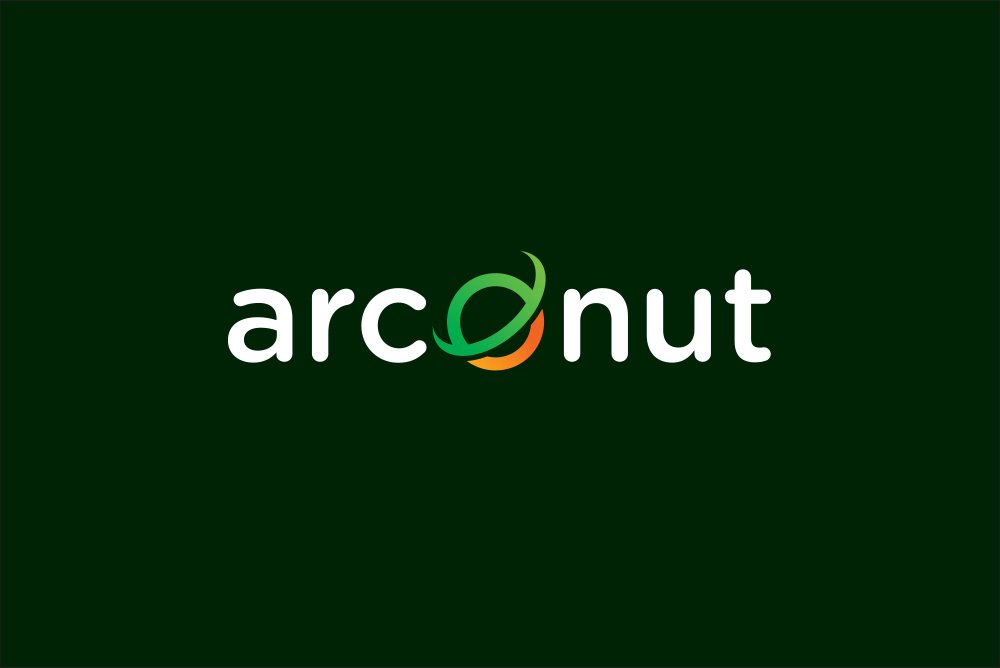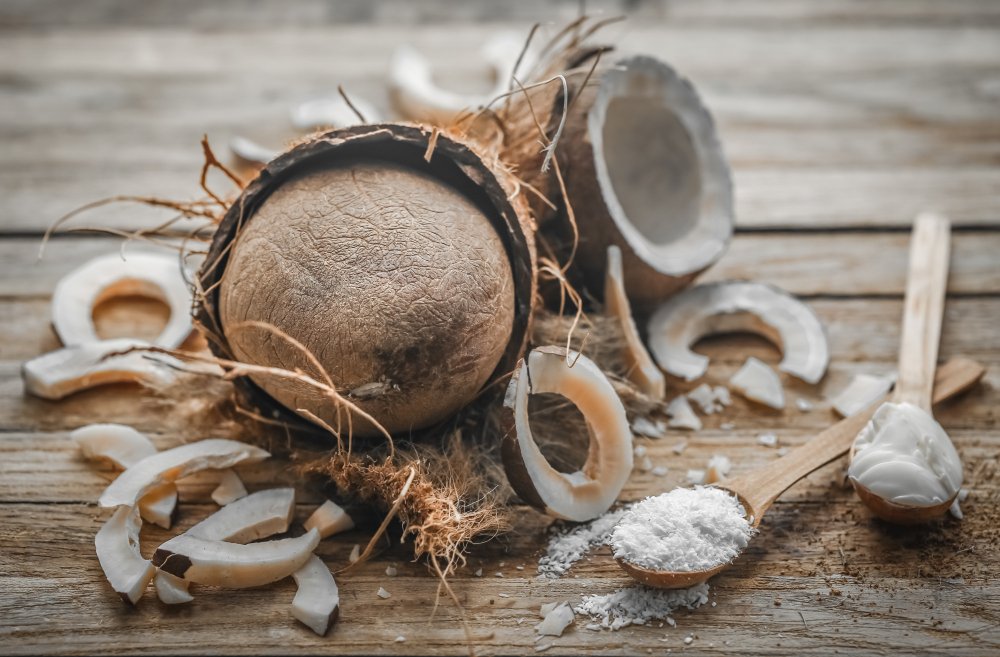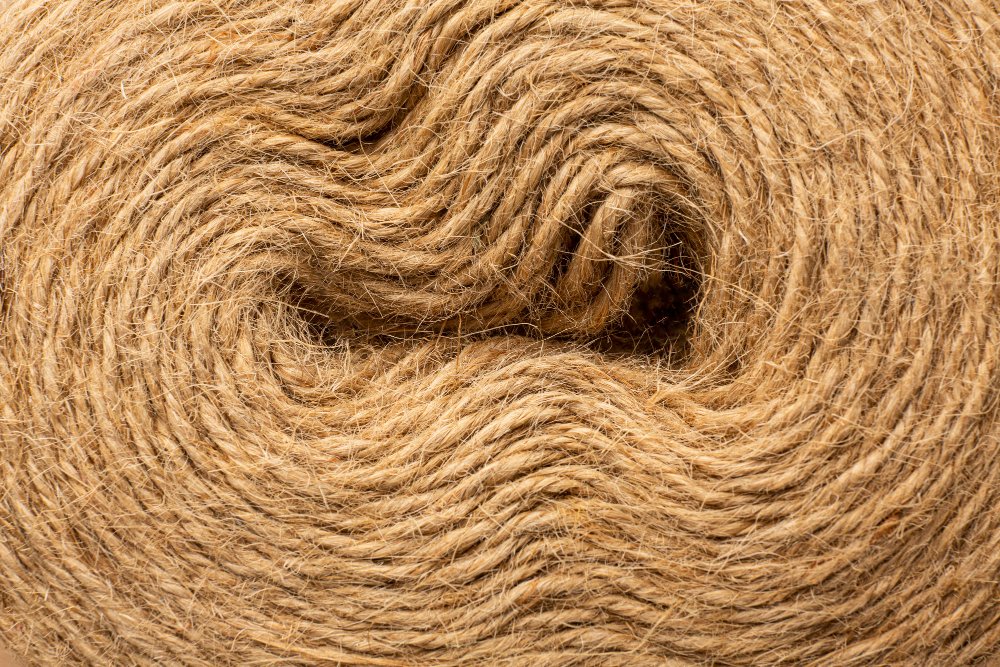The choice between natural and synthetic materials is a recurring theme across numerous industries. In the world of fibers, this dichotomy is starkly represented by the contrast between coco coir, a natural fiber derived from coconut husks, and synthetic fibers like polyester or polypropylene. Both offer unique properties, making them suitable for diverse applications. This article will delve into a comparative analysis of coco coir and synthetic fibers, exploring their strengths and weaknesses to help you make informed decisions based on your specific needs.
Coco Coir: Nature’s Sustainable Choice
Coco coir, a byproduct of the coconut industry, presents a compelling argument for environmentally conscious businesses. Its production generates minimal waste, relying on a readily renewable resource. This natural fiber boasts excellent water retention capabilities, making it ideal for horticulture and landscaping applications. Coco coir’s porous structure allows for optimal airflow, promoting healthy root growth and preventing waterlogging. Furthermore, its biodegradability contributes to a reduced environmental footprint, aligning perfectly with the growing demand for sustainable materials.
The versatility of coco coir extends beyond horticulture. Its robust nature makes it suitable for various applications, including upholstery filling, mattress production, and even in certain construction materials as a natural insulator. Its natural brown hue adds a rustic charm to many products, appealing to consumers seeking eco-friendly and aesthetically pleasing options. Moreover, the relatively low cost of coco coir compared to some synthetic alternatives makes it an economically attractive choice for large-scale projects.
Coco coir’s inherent variability, however, presents a challenge. The quality and consistency of the fiber can fluctuate depending on factors like the origin of the coconuts and processing methods. This can lead to inconsistencies in performance, requiring careful sourcing and quality control measures. While generally durable, coco coir can be susceptible to degradation under certain conditions, particularly in environments with high humidity or prolonged exposure to direct sunlight.
Nevertheless, the sustainable nature and inherent benefits of coco coir continue to drive its popularity. As consumers and businesses increasingly prioritize eco-friendly practices, the demand for this natural fiber is only expected to grow, particularly within sectors actively seeking to minimize their environmental impact. Its versatility and relatively low cost further solidify its position as a strong contender in the fiber market.
Synthetic Fibers: Strength and Durability
Synthetic fibers, primarily polyester and polypropylene, are engineered for exceptional strength and durability. Their consistent composition guarantees uniform performance, unlike the natural variability seen in coco coir. This predictability makes them ideal for applications requiring high tensile strength and resistance to wear and tear, such as in the automotive industry (car upholstery, carpets), geotextiles, and industrial filtration systems. Synthetic fibers are also highly resistant to many chemicals and biological agents, extending their lifespan and making them suitable for demanding environments.
The versatility of synthetic fibers extends to their ability to be modified to meet specific performance requirements. Through chemical treatments, manufacturers can enhance their properties, improving water resistance, flame retardancy, or UV resistance, depending on the intended application. This level of customization is difficult to achieve with natural fibers. Furthermore, their consistent quality ensures that products manufactured using synthetic fibers exhibit predictable and reliable performance, crucial for many industrial applications.
While highly durable and versatile, synthetic fibers carry a significant environmental cost. Their production is energy-intensive and often relies on non-renewable resources, resulting in substantial carbon emissions. Moreover, their non-biodegradable nature contributes to the growing problem of plastic pollution. The disposal of synthetic fibers poses a considerable environmental challenge, requiring specialized recycling processes that are not always readily available.
Despite these environmental drawbacks, the strength, durability, and customizability of synthetic fibers remain highly attractive to many industries. Their consistent performance and ability to meet specific technical requirements often outweigh the environmental concerns, especially in applications where these properties are paramount. However, increasing awareness of the environmental impact is pushing manufacturers to explore more sustainable production methods and recycling solutions for synthetic fibers.
A Head-to-Head Performance Analysis
When comparing coco coir and synthetic fibers, the most significant difference lies in their environmental impact. Coco coir’s biodegradability and renewable nature make it a far more sustainable option. Synthetic fibers, on the other hand, contribute to pollution due to their non-biodegradable nature and energy-intensive production. In terms of cost, coco coir is generally less expensive than many synthetic alternatives, although this can vary depending on the specific type and quality of fiber.
Regarding performance, synthetic fibers generally boast superior strength and durability, offering consistent performance across different batches. Coco coir, while robust in many applications, exhibits greater variability in its properties. However, coco coir’s excellent water retention and breathability make it particularly well-suited for horticultural applications, where these properties are crucial for plant health. Synthetic fibers, while sometimes used in horticulture (e.g., landscape fabrics), don’t offer the same level of natural breathability and water retention.
The choice between coco coir and synthetic fibers also depends on the specific application. For applications requiring high tensile strength and resistance to wear and tear, synthetic fibers are often the preferred choice. Conversely, for applications where sustainability and breathability are paramount, coco coir presents a more compelling option. In some cases, a blend of both fibers might offer the optimal balance of properties, combining the sustainability of coco coir with the strength of synthetics.
Ultimately, a direct comparison is difficult as the ideal choice hinges heavily on the specific requirements of the application. Factors such as cost, durability, environmental impact, and the desired performance characteristics must all be carefully considered before making a decision. A thorough cost-benefit analysis, factoring in both short-term and long-term implications, is crucial for informed decision-making.
Choosing the Right Fiber for Your Needs
The selection between coco coir and synthetic fibers necessitates a careful consideration of your priorities. If sustainability is a primary concern, coco coir presents a clear advantage due to its renewable nature and biodegradability. Its lower cost also makes it attractive for large-scale projects with budgetary constraints. However, be prepared for potential variability in quality and a potentially shorter lifespan compared to synthetic alternatives.
For applications demanding exceptional strength, durability, and consistent performance, synthetic fibers are generally the better choice. Their resistance to wear and tear, chemical resistance, and customizability make them suitable for demanding industrial applications. However, the environmental impact associated with their production and disposal should be carefully weighed against these benefits.
Consider the specific performance requirements of your application. Does it necessitate high tensile strength, water resistance, or breathability? Coco coir excels in applications requiring water retention and breathability, such as horticulture, while synthetic fibers are better suited for applications requiring high strength and durability, such as geotextiles or industrial filtration.
Ultimately, the best choice depends on a careful balancing act between performance requirements, environmental considerations, and economic factors. A thorough assessment of these factors will guide you towards the most suitable fiber for your specific needs, ensuring both optimal performance and responsible material selection.
The choice between coco coir and synthetic fibers is not a simple yes or no answer. Each fiber offers a unique set of properties and considerations, making the decision highly dependent on the specific application and priorities of the user. By carefully weighing the factors discussed in this article—sustainability, cost, performance, and durability—you can make an informed choice that aligns with your needs and values, ensuring both efficiency and responsibility. The future likely lies in innovative blends and sustainable production methods, further blurring the lines between these two distinct fiber types.


